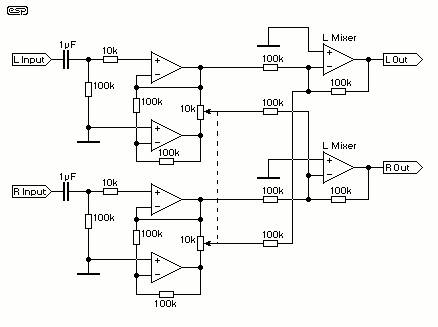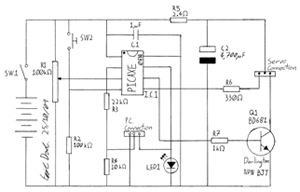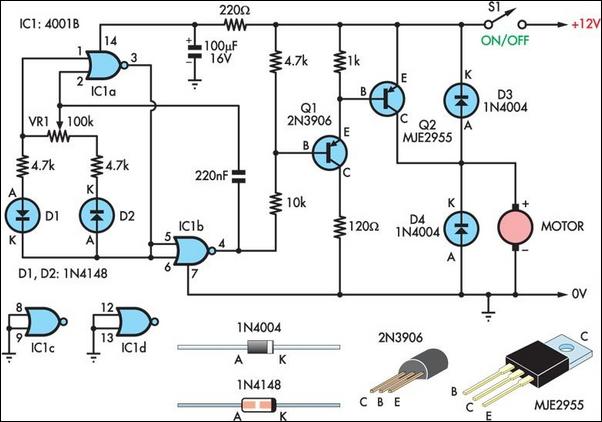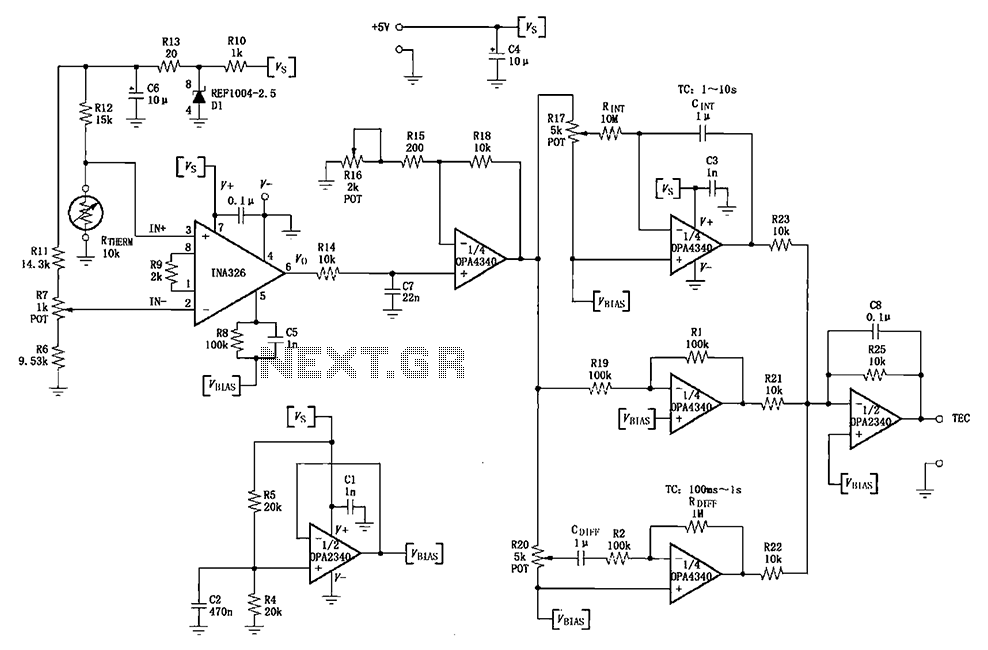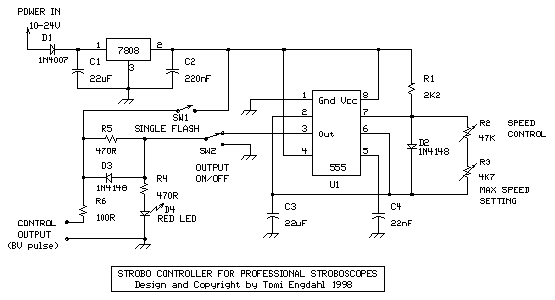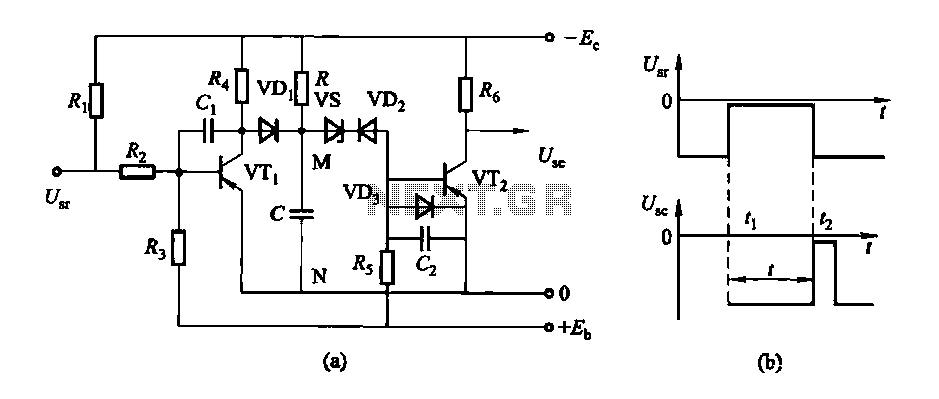
remote control
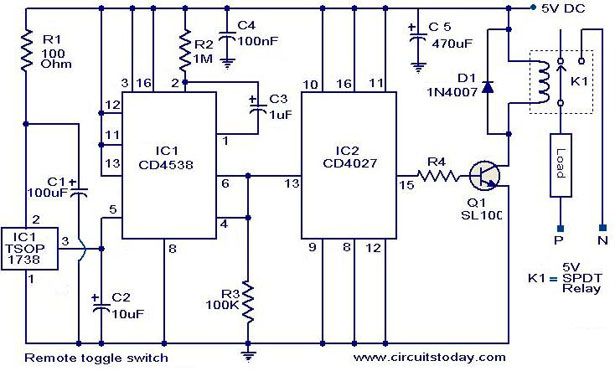
At the application level, this circuit is similar to the previously mentioned circuit, with the primary distinction being the method of implementation. This circuit is designed to toggle any electrical appliance between ON and OFF states using a TV remote, provided that the remote operates at a frequency of 38 kHz. The circuit employs IC1 (TSOP 1738) to receive infrared signals from the remote. When no IR signal is detected by IC1, its output remains high. Upon receiving an IR signal, IC1's output switches to low, which triggers IC2, configured as a monostable multivibrator. The output at pin 6 of IC2 goes high for a duration of 1 second, determined by the resistor R2 and capacitor C3. This event triggers the flip-flop within IC2, causing its Q output (pin 15) to go high, which activates a transistor. The transistor, in turn, powers a relay, switching the connected appliance ON. Upon the next remote press, IC1 is triggered again, causing IC2 to toggle its output to a low state, thereby switching the load OFF. This toggling cycle continues with each press of the remote. Pins 6 and 4 of IC1 are shorted to prevent false triggering. Diode D1 serves as a freewheeling diode. The relay's current capacity dictates the load that can be switched, with a recommendation for using a high amperage relay (10A or above) for larger loads such as motors or heaters.
The circuit operates effectively by utilizing infrared communication between the TV remote and the TSOP 1738 receiver. The TSOP 1738 is sensitive to IR signals modulated at 38 kHz, making it compatible with most TV remotes. The output from the TSOP is fed into a monostable multivibrator circuit formed by IC2. The monostable configuration ensures that each press of the remote produces a fixed duration pulse, which is crucial for reliable switching of the connected load.
The use of a flip-flop within the circuit provides a memory function, allowing the appliance to remain in its last state until the next signal is received. This design is particularly beneficial in applications where user convenience is paramount, enabling seamless control over appliances without the need for physical switches.
The relay used in the circuit should be selected based on the anticipated load. A relay with a coil voltage rating compatible with the circuit's supply voltage should be chosen, and the contact ratings should exceed the current requirements of the connected device to ensure safe operation. Additionally, a freewheeling diode (D1) is critical for protecting the circuit from back EMF generated by the relay coil when it is de-energized, enhancing the circuit's reliability and longevity.
Overall, this circuit exemplifies a practical application of remote control technology in home automation, providing a user-friendly interface for controlling electrical appliances.In application level this circuit is similar to that of the circuit given previously. The only difference is in the approach. This circuit is designed by using another method. Using this circuit you can toggle any electrical appliance between ON and OFF states by using your TV remote. The only requirement is that your TV remote should be operating in the 38 KHz. The IC1 (TSOP 1738) is used to receive the infrared signals from the remote. When no IR signal from remote is falling on IC1, its output will be high. When the IR signal from the remote falls on the IC1, its output goes low. This triggers the IC2 which is wired as a monostable multivibrator. The output of the IC2 (pin6) goes high for a time of 1S (set by the values of R2 and C3. This triggers the flip flop (IC2) and its Q output (pin 15) goes high. This switches on the transistor, which activates the relay and the appliance connected via relay is switched ON. For the next press of remote the IC1 will be again triggered which in turn makes the IC2 to toggle its output to low state.
The load will be switched OFF. This cycle continues for each press of the remote. The pin 6 and pin 4 of IC1 are shorted to avoid false triggering. The diode D1 can be used as a freewheeling diode. The current capacity of relay determines the load circuit can switch. Use a high amperage(`10A or above) relay for driving large loads like motor, heater etc. 🔗 External reference
The circuit operates effectively by utilizing infrared communication between the TV remote and the TSOP 1738 receiver. The TSOP 1738 is sensitive to IR signals modulated at 38 kHz, making it compatible with most TV remotes. The output from the TSOP is fed into a monostable multivibrator circuit formed by IC2. The monostable configuration ensures that each press of the remote produces a fixed duration pulse, which is crucial for reliable switching of the connected load.
The use of a flip-flop within the circuit provides a memory function, allowing the appliance to remain in its last state until the next signal is received. This design is particularly beneficial in applications where user convenience is paramount, enabling seamless control over appliances without the need for physical switches.
The relay used in the circuit should be selected based on the anticipated load. A relay with a coil voltage rating compatible with the circuit's supply voltage should be chosen, and the contact ratings should exceed the current requirements of the connected device to ensure safe operation. Additionally, a freewheeling diode (D1) is critical for protecting the circuit from back EMF generated by the relay coil when it is de-energized, enhancing the circuit's reliability and longevity.
Overall, this circuit exemplifies a practical application of remote control technology in home automation, providing a user-friendly interface for controlling electrical appliances.In application level this circuit is similar to that of the circuit given previously. The only difference is in the approach. This circuit is designed by using another method. Using this circuit you can toggle any electrical appliance between ON and OFF states by using your TV remote. The only requirement is that your TV remote should be operating in the 38 KHz. The IC1 (TSOP 1738) is used to receive the infrared signals from the remote. When no IR signal from remote is falling on IC1, its output will be high. When the IR signal from the remote falls on the IC1, its output goes low. This triggers the IC2 which is wired as a monostable multivibrator. The output of the IC2 (pin6) goes high for a time of 1S (set by the values of R2 and C3. This triggers the flip flop (IC2) and its Q output (pin 15) goes high. This switches on the transistor, which activates the relay and the appliance connected via relay is switched ON. For the next press of remote the IC1 will be again triggered which in turn makes the IC2 to toggle its output to low state.
The load will be switched OFF. This cycle continues for each press of the remote. The pin 6 and pin 4 of IC1 are shorted to avoid false triggering. The diode D1 can be used as a freewheeling diode. The current capacity of relay determines the load circuit can switch. Use a high amperage(`10A or above) relay for driving large loads like motor, heater etc. 🔗 External reference
